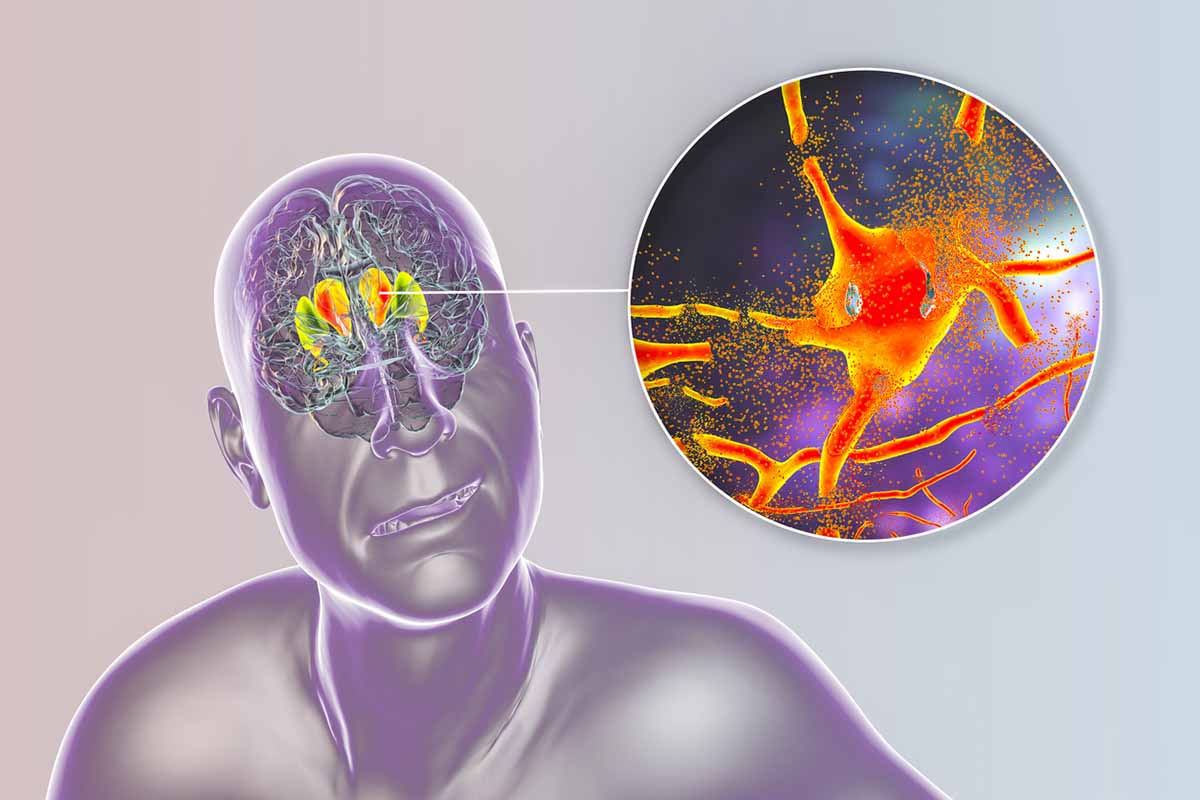High-Dose Zolpidem Withdrawal Seizure in a Patient With Spinocerebellar Ataxia
To the Editor: Spinocerebellar ataxia (SCA) is an inherited disorder of brain function characterized by progressive incoordination of gait and is often associated with poor coordination of hands, speech, and eye movements. It is a slowly progressive disease that gradually worsens over a period of years.
Zolpidem is a nonbenzodiazepine sedative in the imidazopyridine class and is chemically distinct from other sedatives. It is a short-acting hypnotic with a selective agonist effect for γ-aminobutyric acid (GABA) type A receptors in the brain. It was considered originally by physicians as almost devoid of abuse and dependence potential. Intriguingly, aside from its hypnotic effect, zolpidem has been shown to improve catatonia,1 aphasia,2 Parkinson’s disease,3 and ataxia.4 However, reports of zolpidem abuse or dependence are increasing,5,6 and more attention should be paid in terms of zolpidem withdrawal. We report a patient with SCA who took zolpidem for movement difficulties initially, developed dependence on high-dose zolpidem treatment, and encountered serious withdrawal symptoms. We also review the literature on the possible mechanism for the effect of zolpidem on SCA.
Case report. Ms A, a 40-year-old married woman, was referred in 2009 for psychiatric consultation due to high-dose zolpidem use. She was diagnosed with SCA type IV at age 35 years with initial symptoms of unsteady gait and mild slurred speech. Her father and brother were also afflicted with SCA. This time, she was admitted via emergency department to our neurology department because of loss of consciousness. Generalized seizure lasted for 1 minute at home, and initial management at the emergency department with phenytoin intravenous drip terminated further progression. Toxicology testing detected no plasma alcohol, whereas plasma benzodiazepine level was 64.80 ng/mL.
She claimed she had abused triazolam and alcohol during early adulthood due to insomnia. Other illicit substance use was denied. She had started taking zolpidem 3 years earlier for insomnia, and, paradoxically, zolpidem relieved her ataxia and spasticity. She recalled being able to move her arms and turn her trunk more easily, although the improvement lasted only around 1 hour after taking zolpidem. The dose of zolpidem was gradually escalated by the patient to reach optimal effect. The dose usually amounted to 1,000 mg/d for the past year. Nausea, palpitation, jitters, hand tremor, and perspiration were noted if she did not take enough zolpidem. She was bedridden due to SCA and was cared for by her husband. Although she consumed high doses of zolpidem, her husband tried to cater to all her needs out of sympathy. Zolpidem had been prescribed from different physicians. Withdrawal seizures were noted several times if her supply of zolpidem fell short.
Ms A was detoxified by taper of zolpidem gradually over 2 weeks. We prescribed trazodone 100 mg before sleep and diazepam 20 mg/d and propranolol 30 mg/d for anxiety. No seizure attack was noted during hospitalization. After this 2-week hospitalization, she was referred to the psychiatric clinic for further management.
The imidazopyridine hypnotic zolpidem binds preferably to the α1 subtype of the benzodiazepine receptor, which is part of GABAA receptor complex. This highly accounts for its sedative effect, whereas the anxiolytic action of benzodiazepines appears to be mediated by receptors that contain the α2 subunit.7 Zolpidem at high doses might lose its selectivity on α1 subunits and bind to lower-affinity α2 units, leading to an anxiolytic effect. Thus, high-dose zolpidem may have a paradoxical effect for alleviating anxiety, and abrupt discontinuation would produce withdrawal symptoms such as palpitation, anxiety, tremor, or seizure similar to those seen with benzodiazepine withdrawal.
There is no definite treatment that can prevent or slow the progression of SCA. Clauss et al4 reported transient improvement of SCA with zolpidem in 4 cases. Single photon emission computed tomography demonstrated that GABAergic function may be decreased in the cerebral cortex, thalamus, striatum, and cerebellum in patients with SCA.8 Zolpidem has been shown to mildly improve catatonia, aphasia, and Parkinson’s disease.9 Such motor improvement may be due to selective inhibition by zolpidem of GABAergic inhibitory neurons in the internal globus pallidus and substantia nigra pars reticulata, resulting in activation of the thalamus and cerebral cortex.9 Positron emission tomography imaging also has shown normalized tracer uptake in the left thalamus and cerebellum after treatment with zolpidem.4 Our case further corroborates that zolpidem has a mode of action apart from hypnotic properties.
To our knowledge, this is the first case report concerning high-dose zolpidem withdrawal seizure in a patient with SCA. We should be more cautious in prescribing zolpidem to patients with past drug abuse or dependence to prevent unwanted consequence. Further investigation of the pharmacologic efficacy of zolpidem in SCA might be needed.
References
1. Thomas P, Rascle C, Mastain B, et al. Test for catatonia with zolpidem. Lancet. 1997;349(9053):702. PubMed doi:10.1016/S0140-6736(05)60139-0
2. Cohen L, Chaaban B, Habert MO. Transient improvement of aphasia with zolpidem. N Engl J Med. 2004;350(9):949-950. PubMed doi:10.1056/NEJM200402263500922
3. Chen YY, Sy HN, Wu SL. Zolpidem improves akinesia, dystonia and dyskinesia in advanced Parkinson’s disease. J Clin Neurosci. 2008;15(8):955-956. PubMed doi:10.1016/j.jocn.2007.07.082
4. Clauss R, Sathekge M, Nel W. Transient improvement of spinocerebellar ataxia with zolpidem. N Engl J Med. 2004;351(5):511-512. PubMed doi:10.1056/NEJM200407293510522
5. Hajak G, M×¼ller WE, Wittchen HU, et al. Abuse and dependence potential for the non-benzodiazepine hypnotics zolpidem and zopiclone: a review of case reports and epidemiological data. Addiction. 2003;98(10):1371-1378. PubMed doi:10.1046/j.1360-0443.2003.00491.x
6. Victorri-Vigneau C, Dailly E, Veyrac G, et al. Evidence of zolpidem abuse and dependence: results of the French Centre for Evaluation and Information on Pharmacodependence (CEIP) network survey. Br J Clin Pharmacol. 2007;64(2):198-209. PubMed doi:10.1111/j.1365-2125.2007.02861.x
7. McKernan RM, Rosahl TW, Reynolds DS, et al. Sedative but not anxiolytic properties of benzodiazepines are mediated by the GABA(A) receptor alpha1 subtype. Nat Neurosci. 2000;3(6):587-592. PubMed doi:10.1038/75761
8. Ishibashi M, Sakai T, Matsuishi T, et al. Decreased benzodiazepine receptor binding in Machado-Joseph disease. J Nucl Med. 1998;39(9):1518-1520. PubMed
9. Daniele A, Albanese A, Gainotti G, et al. Zolpidem in Parkinson’s disease. Lancet. 1997;349(9060):1222-1223. PubMed doi:10.1016/S0140-6736(05)62416-6
Author affiliations: Department of Psychiatry, Changhua Christian Hospital, Changhua City (Dr Chang); and School of Nursing, China Medical University, Taichung (Ms Wang), Taiwan.
Potential conflicts of interest: None reported.
Funding/support: None reported.
Published online: May 26, 2011 (doi:10.4088/PCC.10l01114).
Prim Care Companion CNS Disord 2011;13(3):e1
© Copyright 2011 Physicians Postgraduate Press, Inc.




